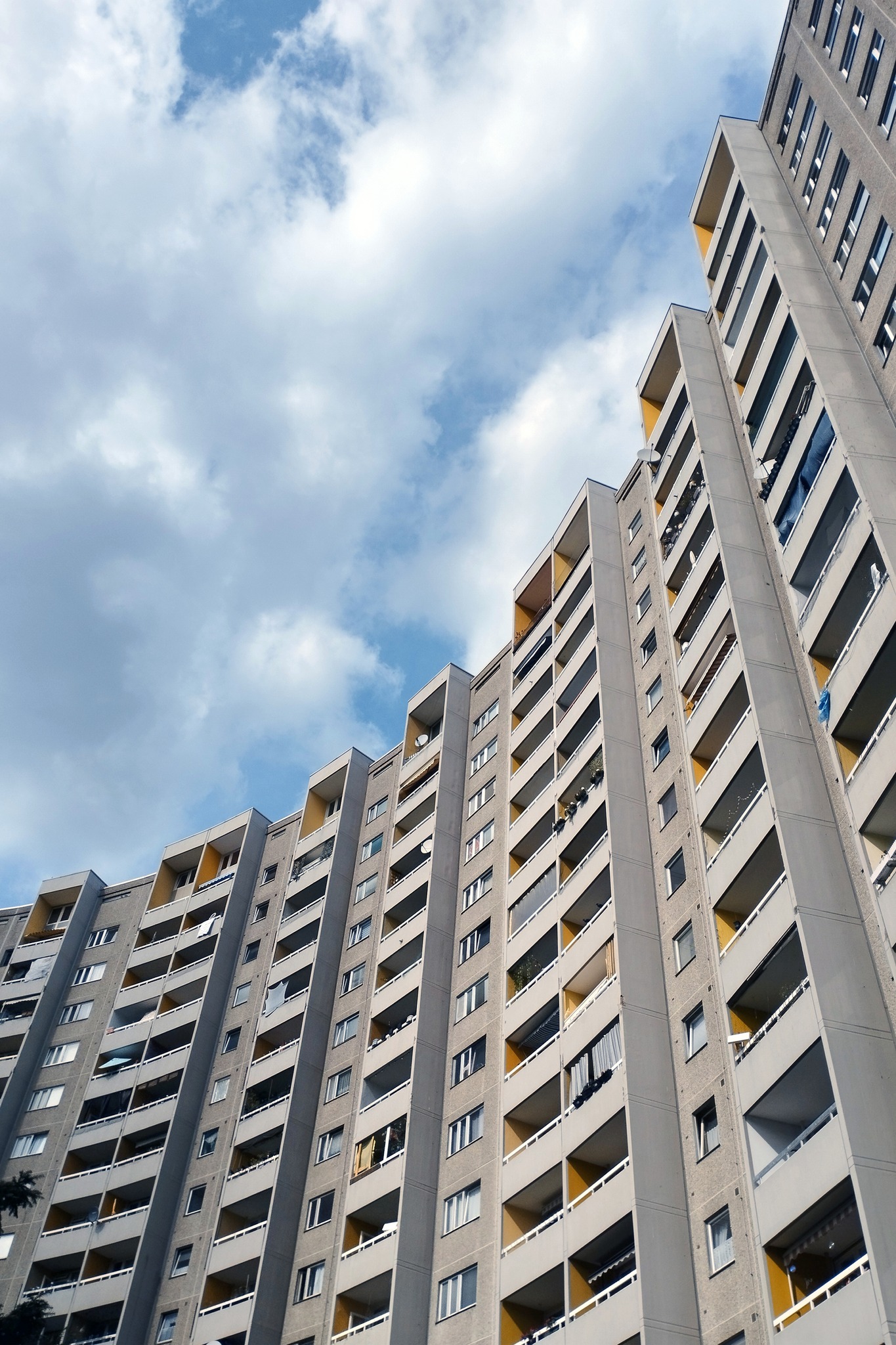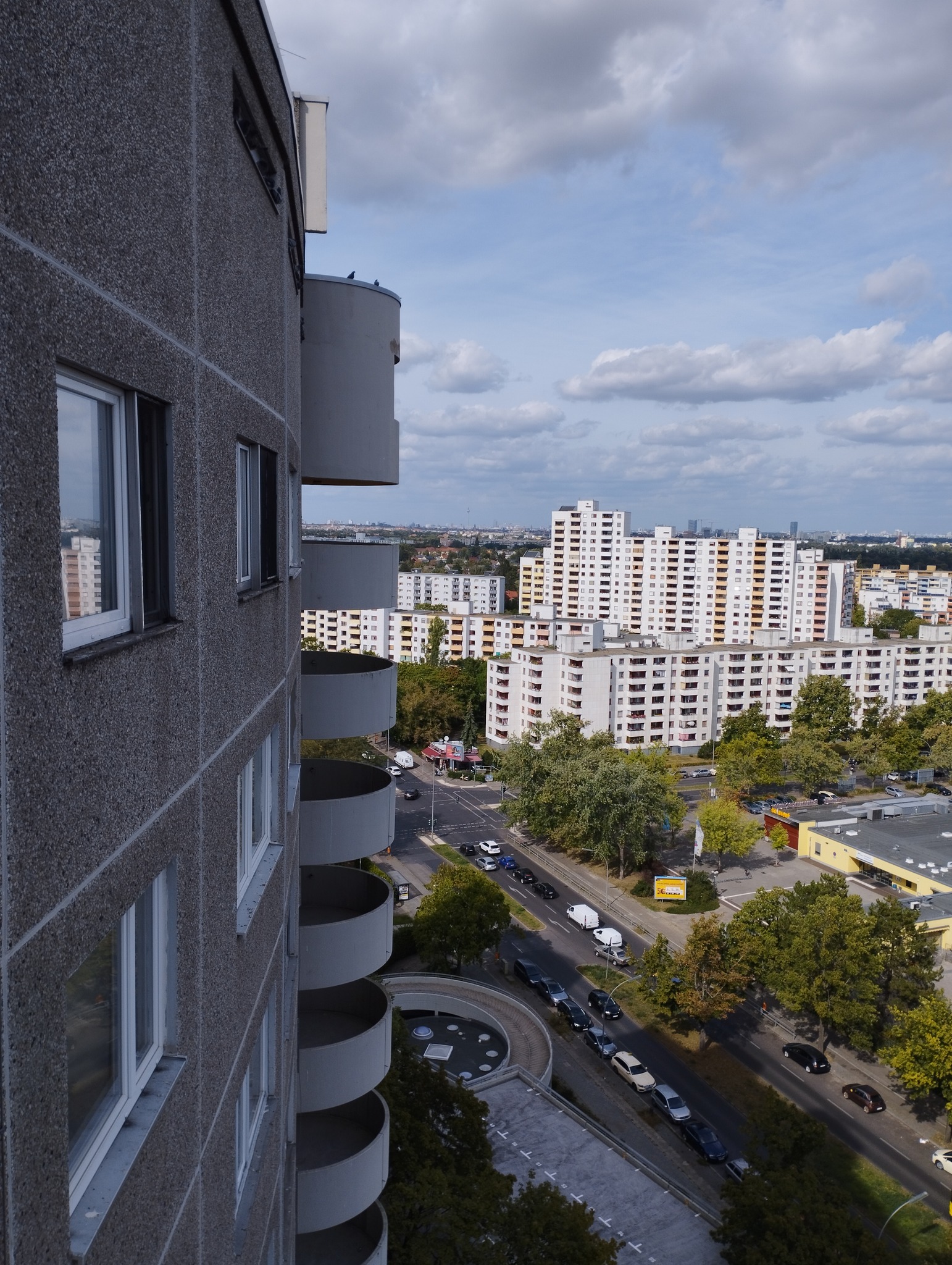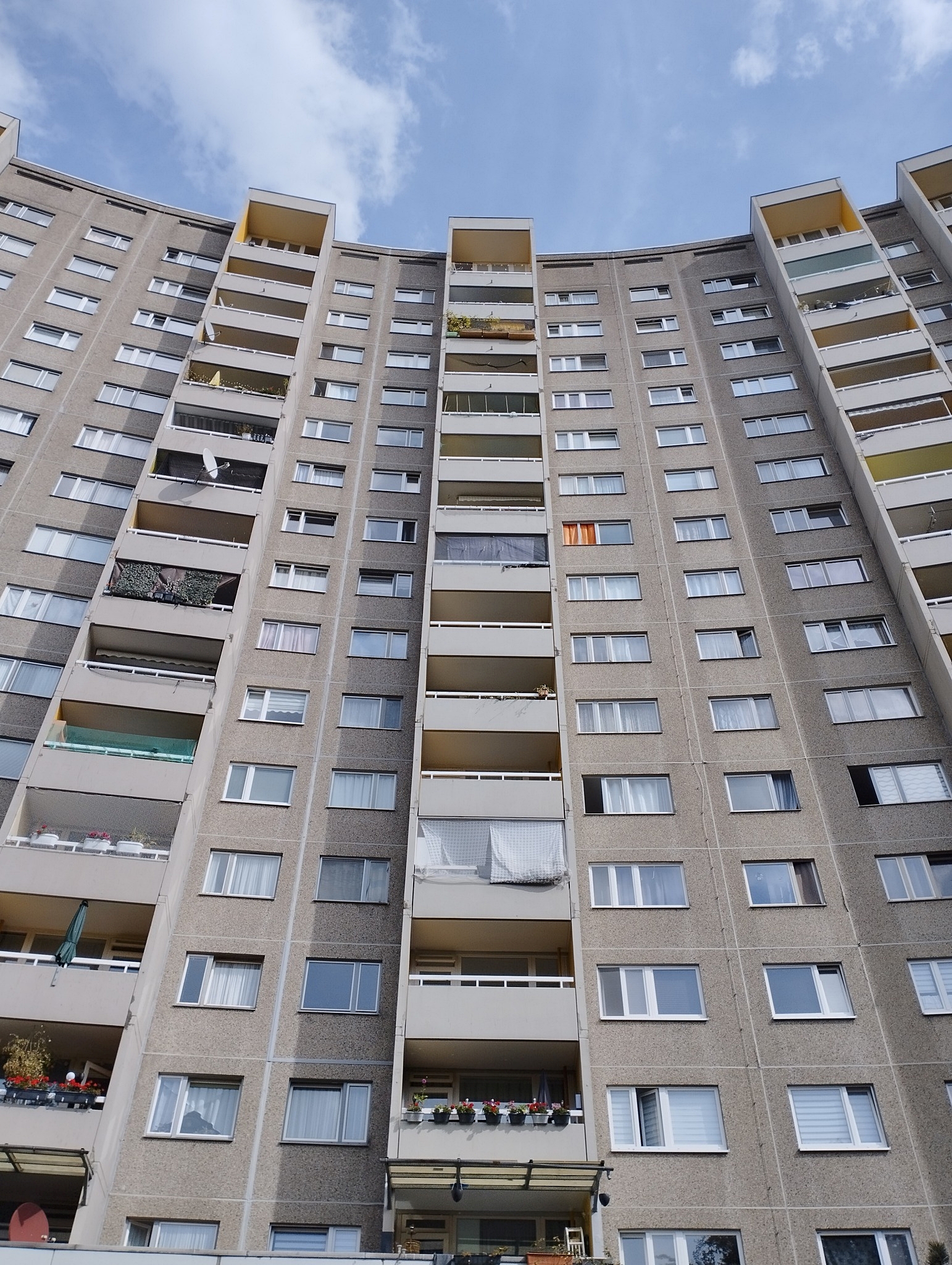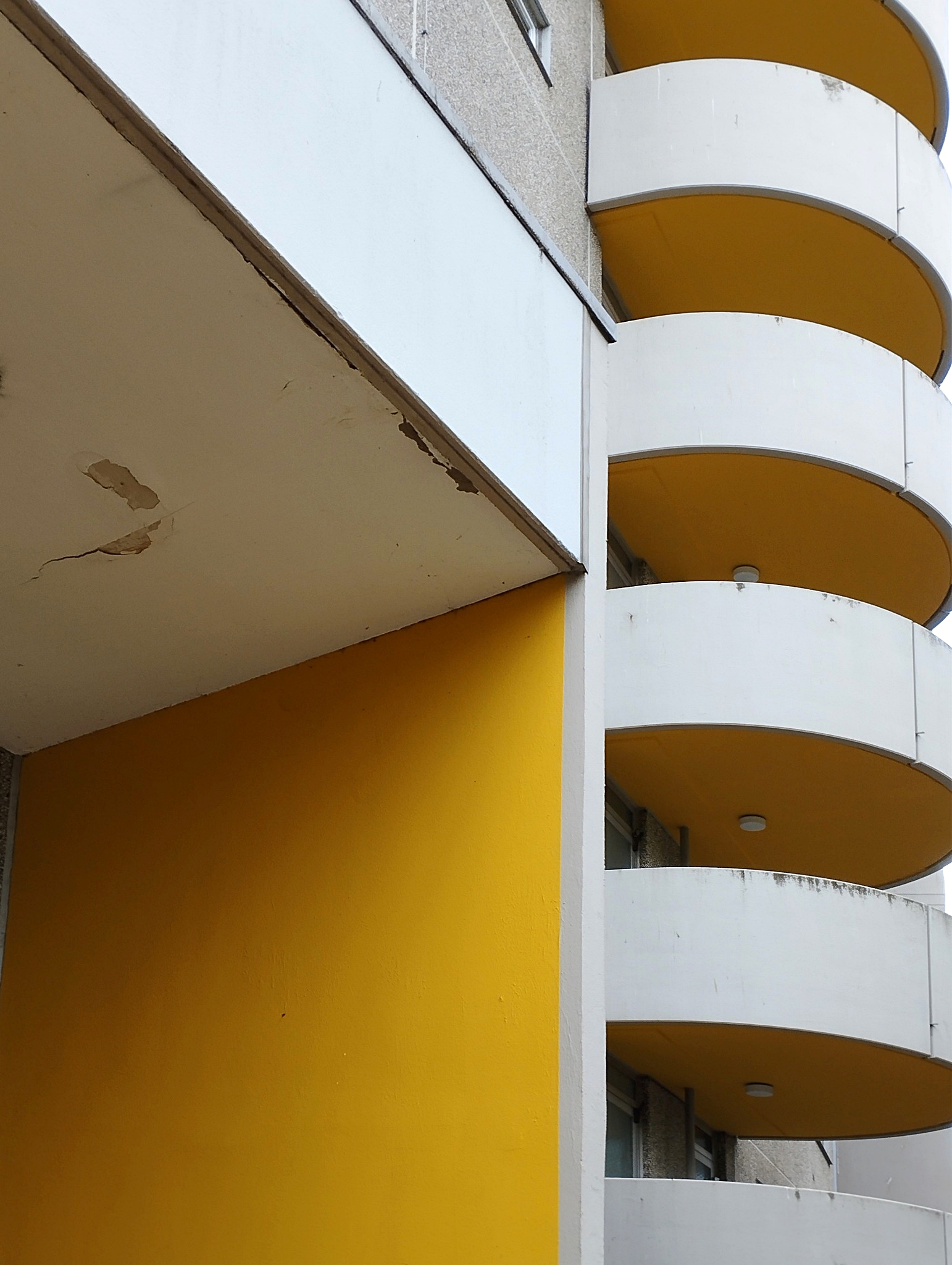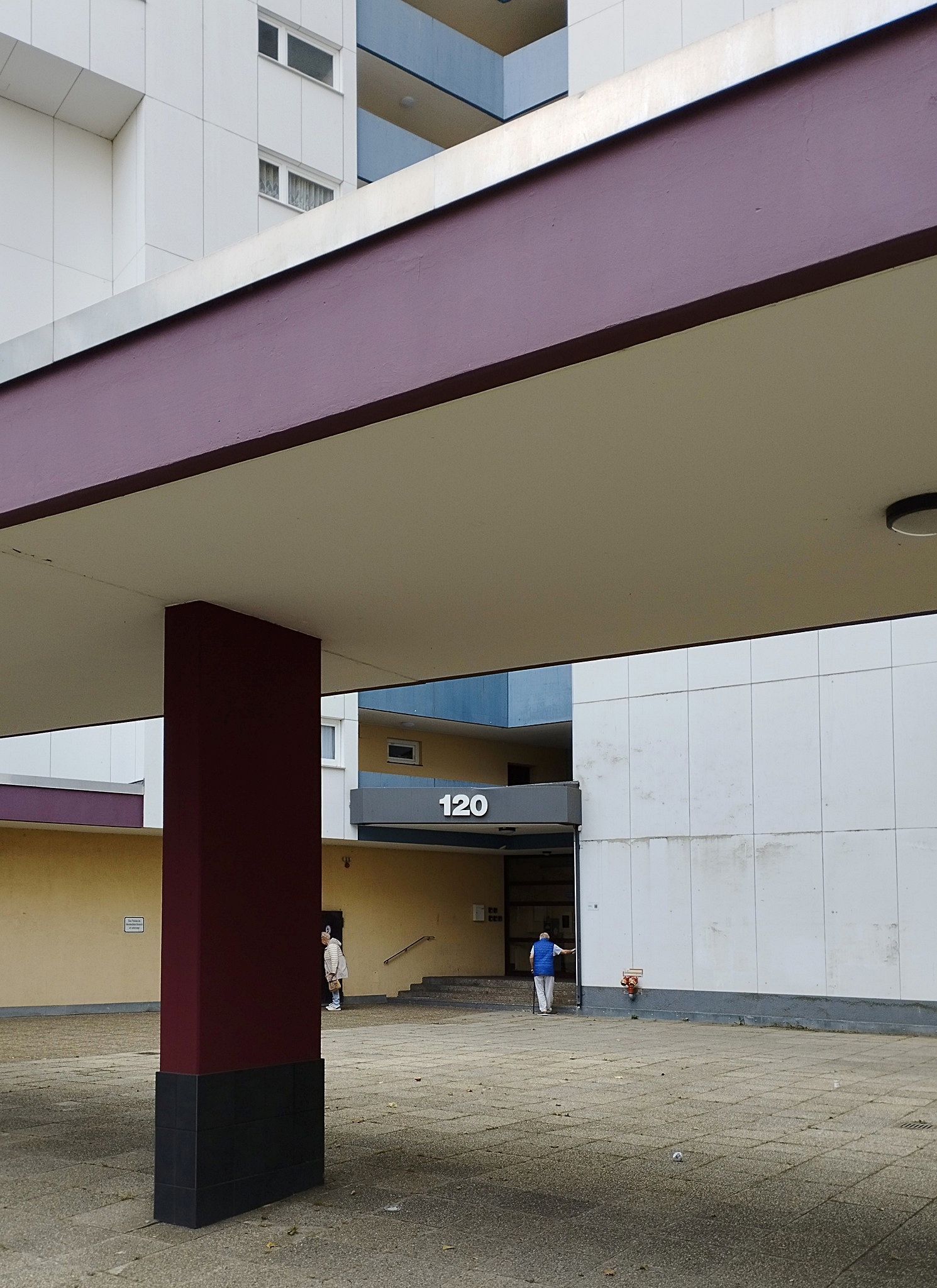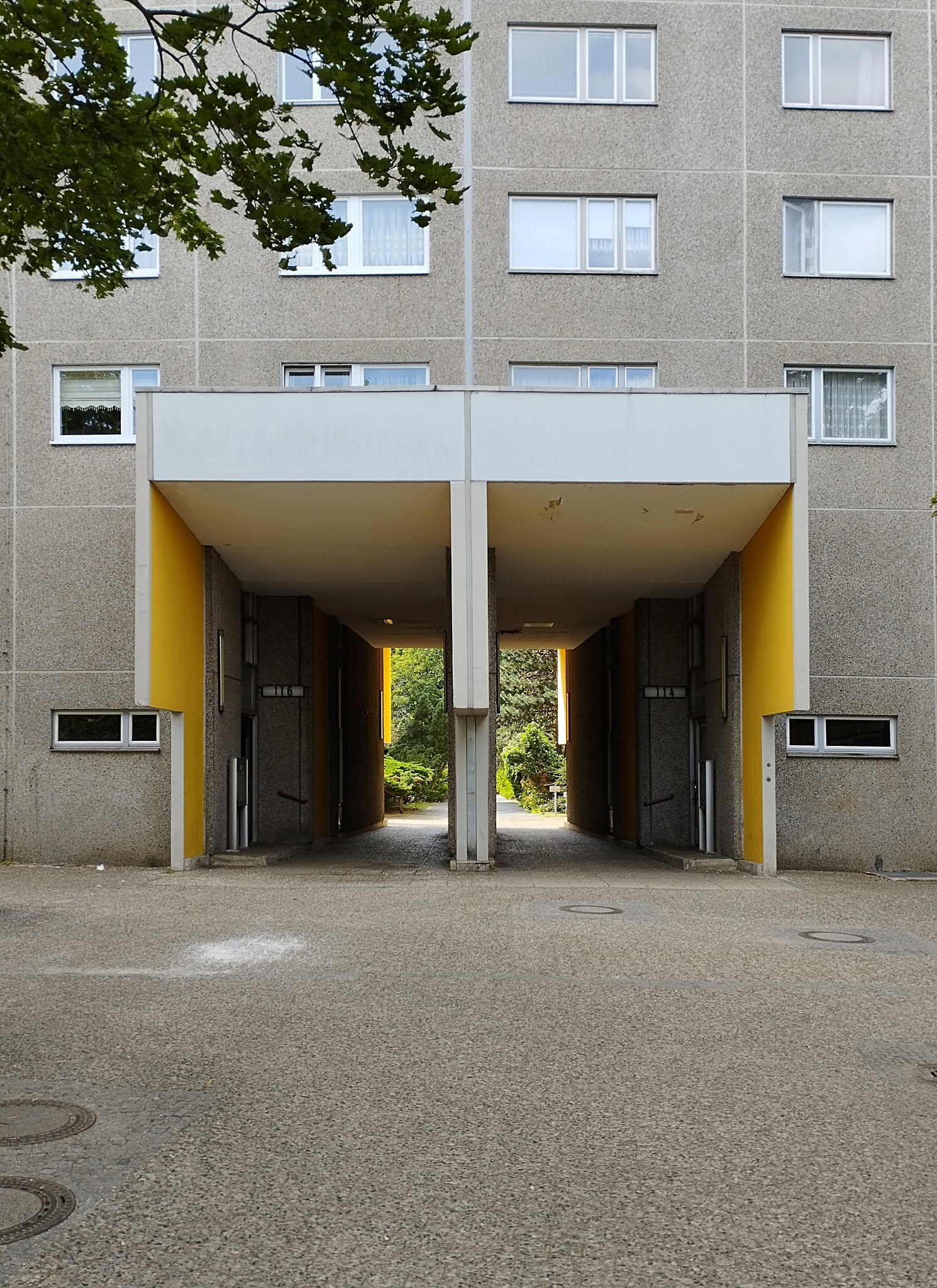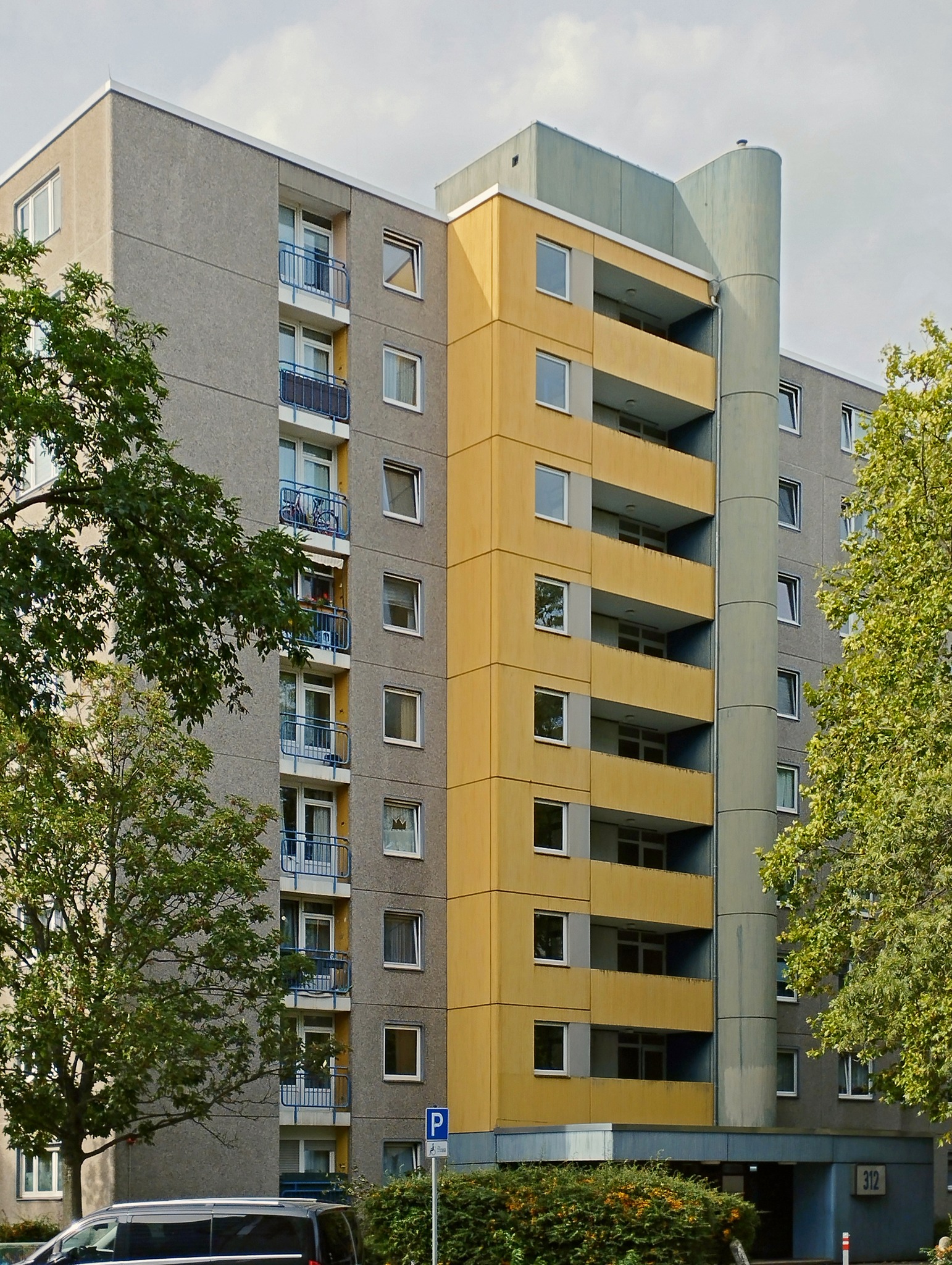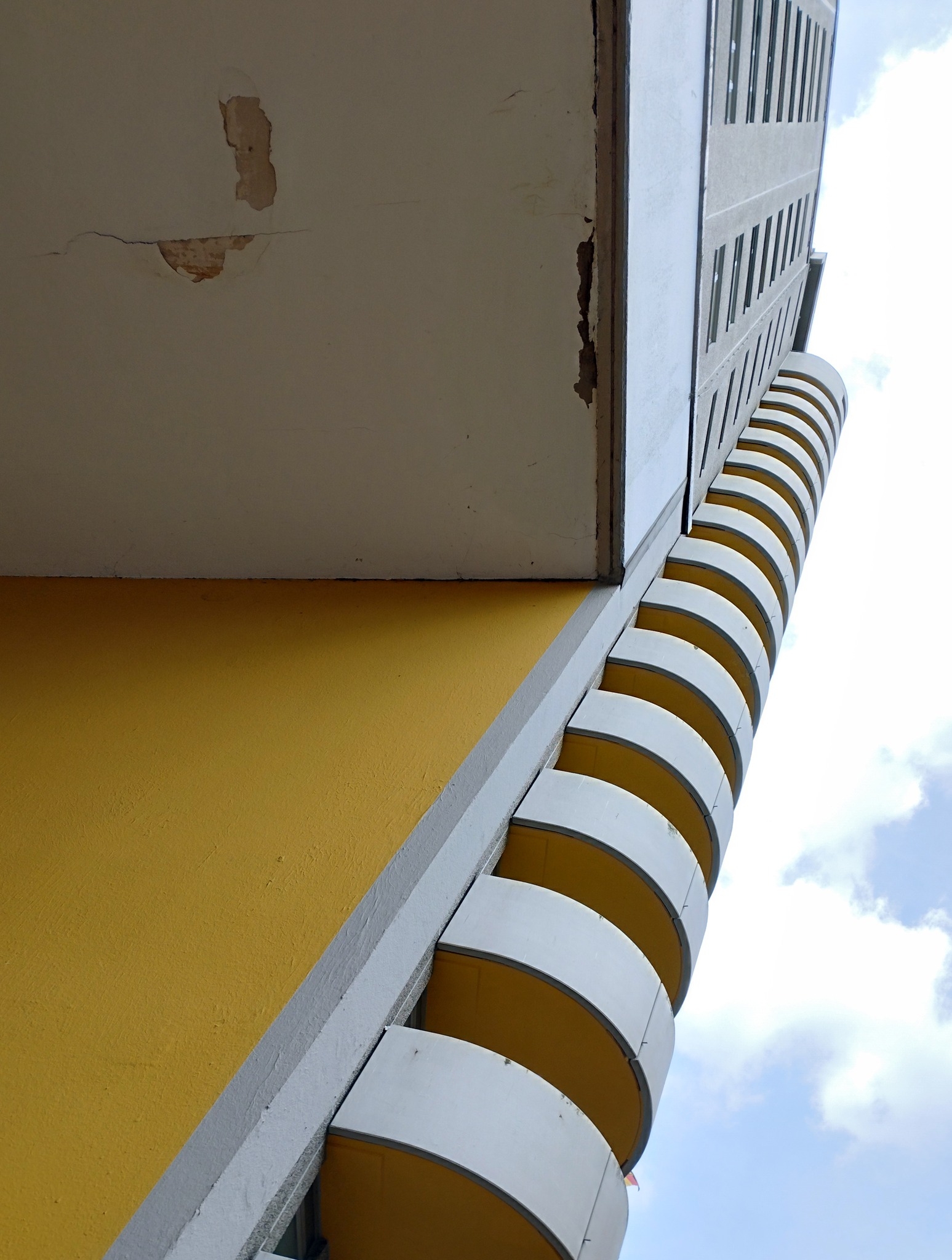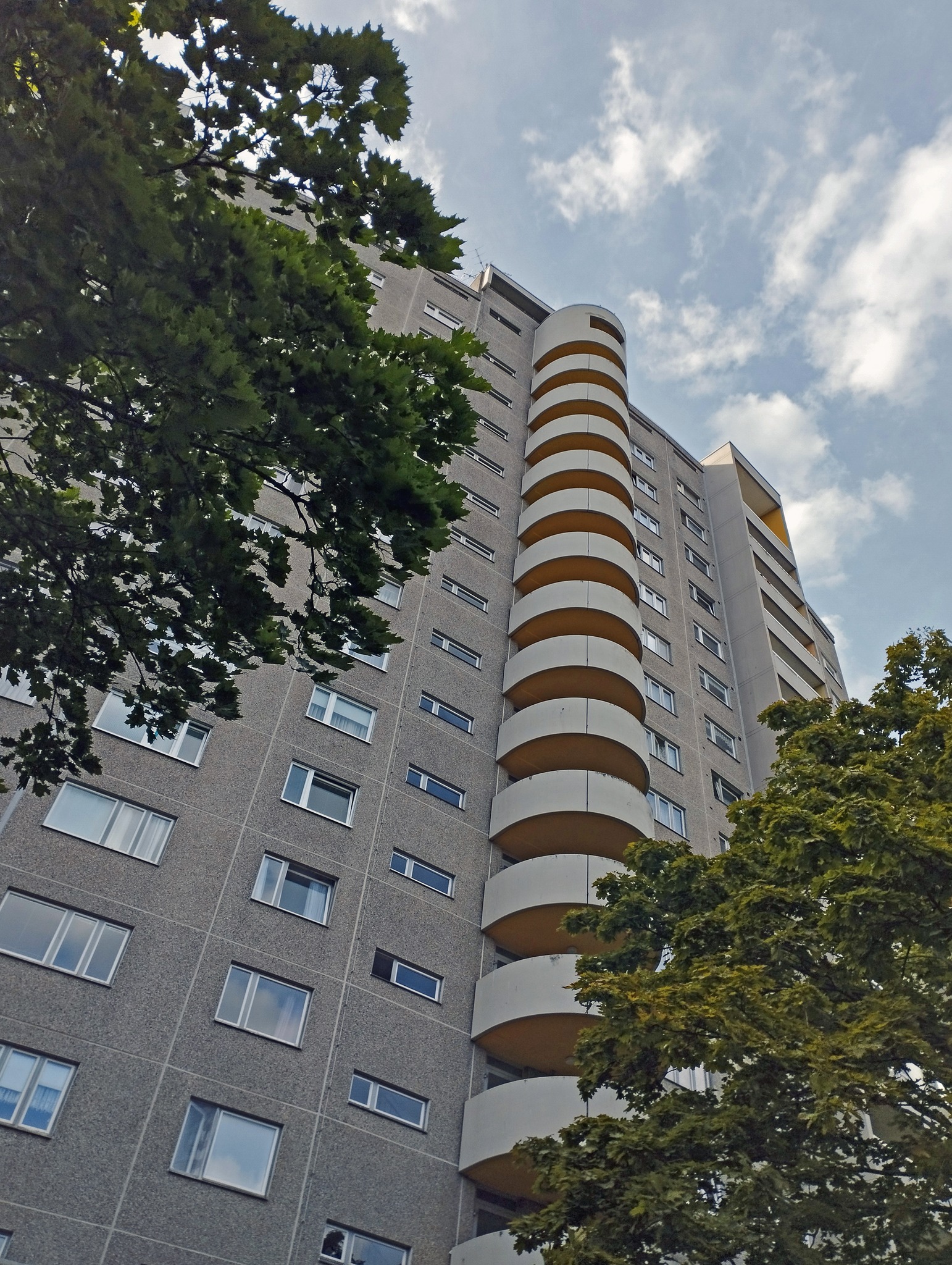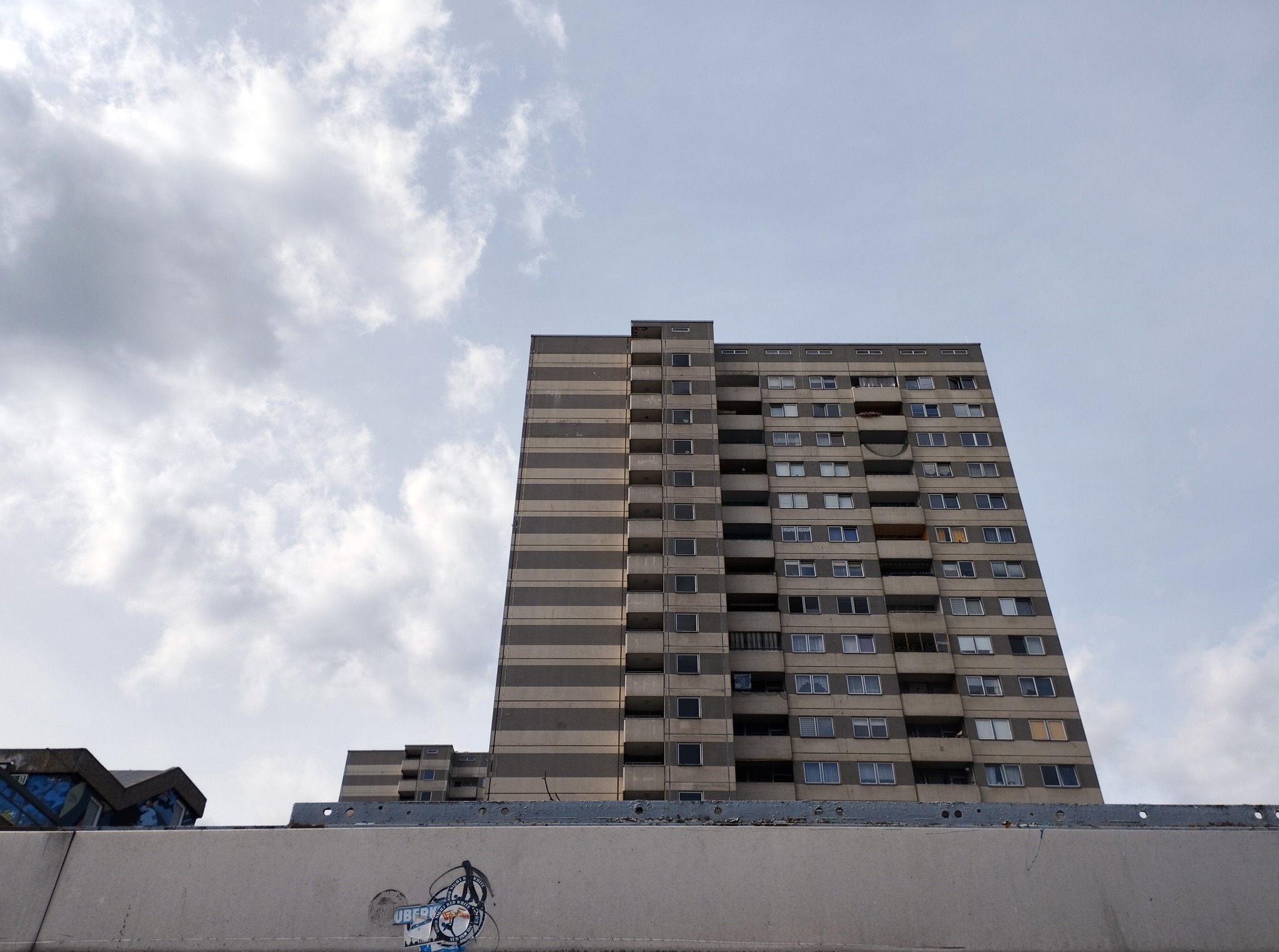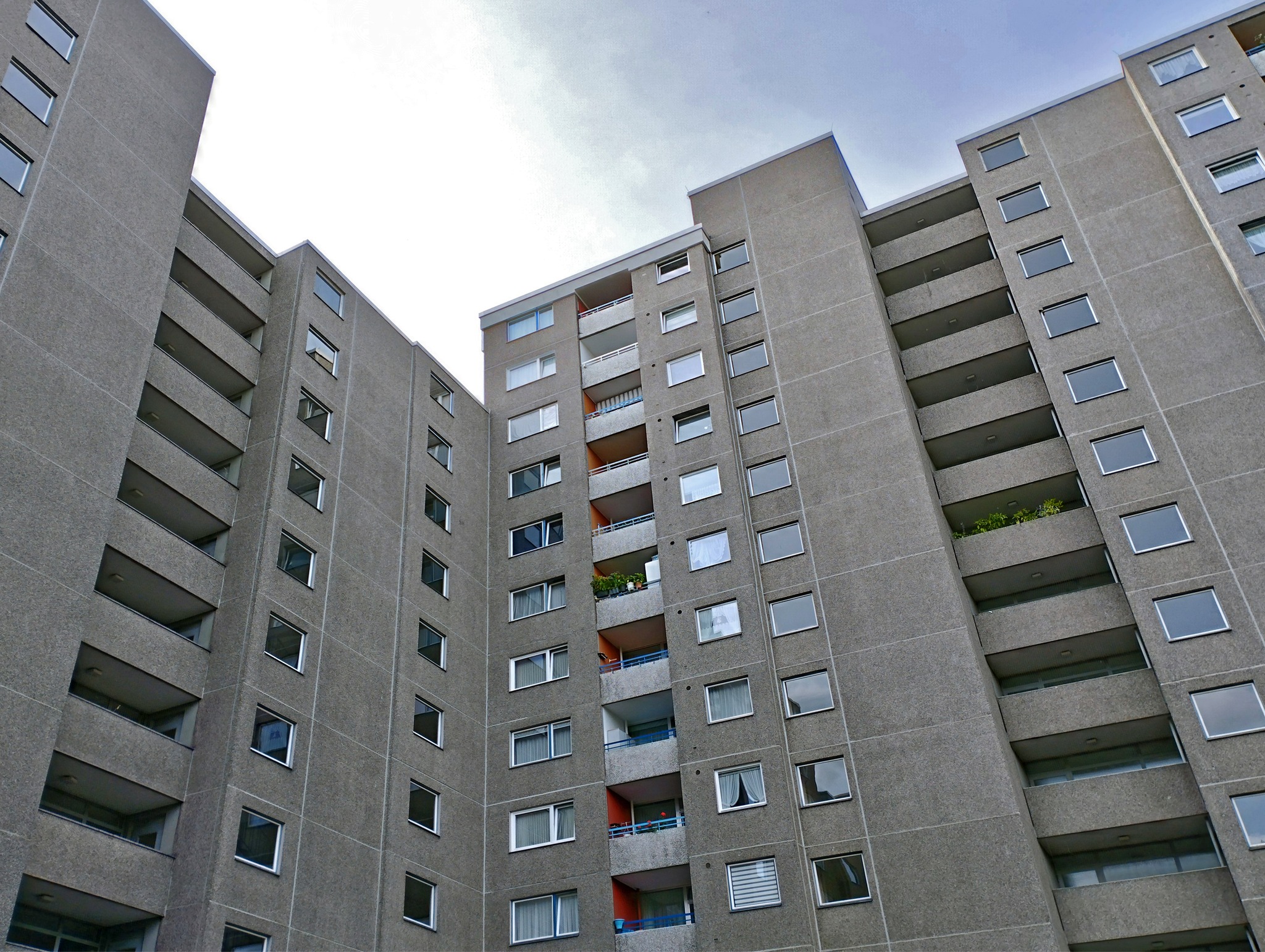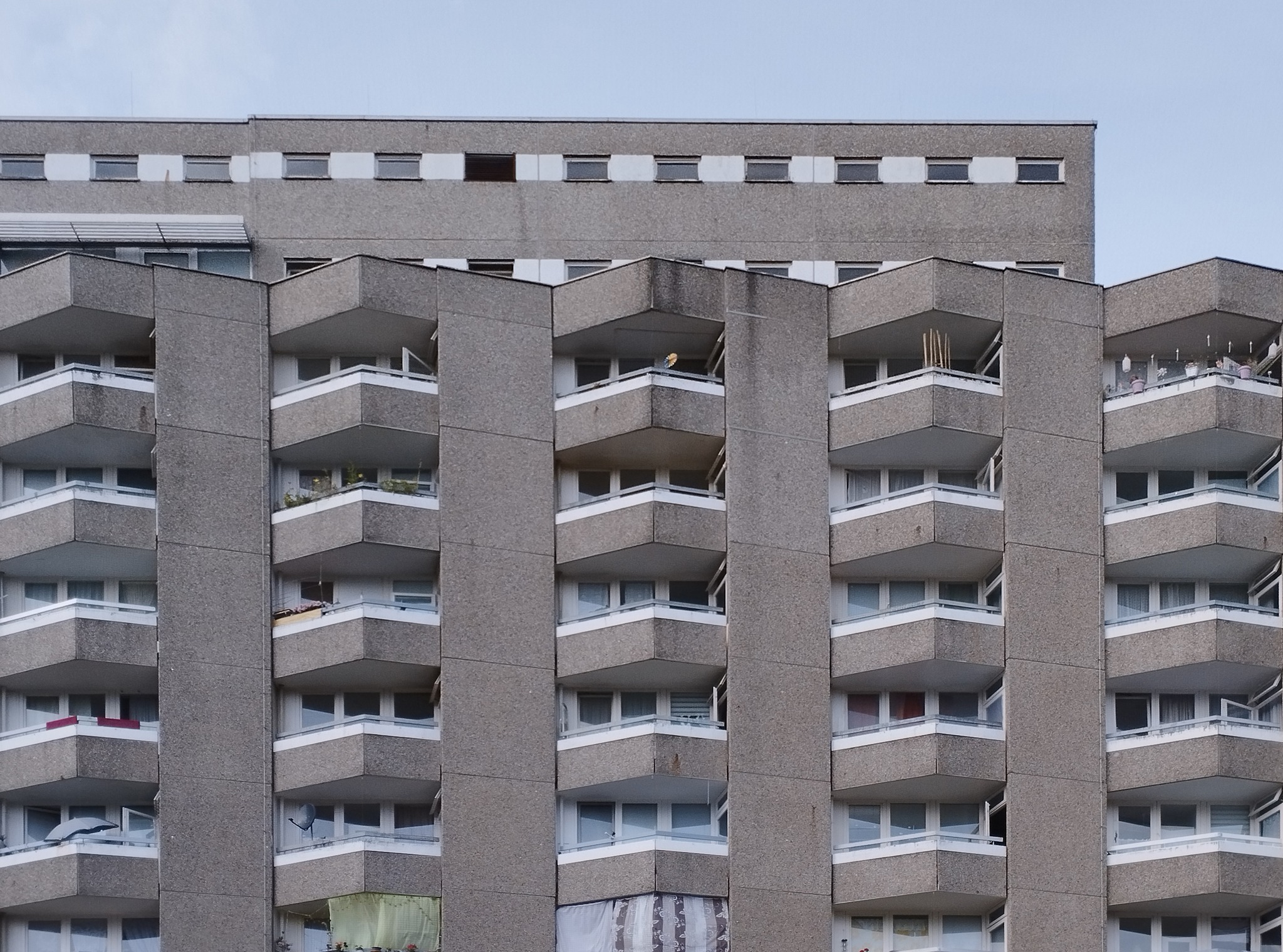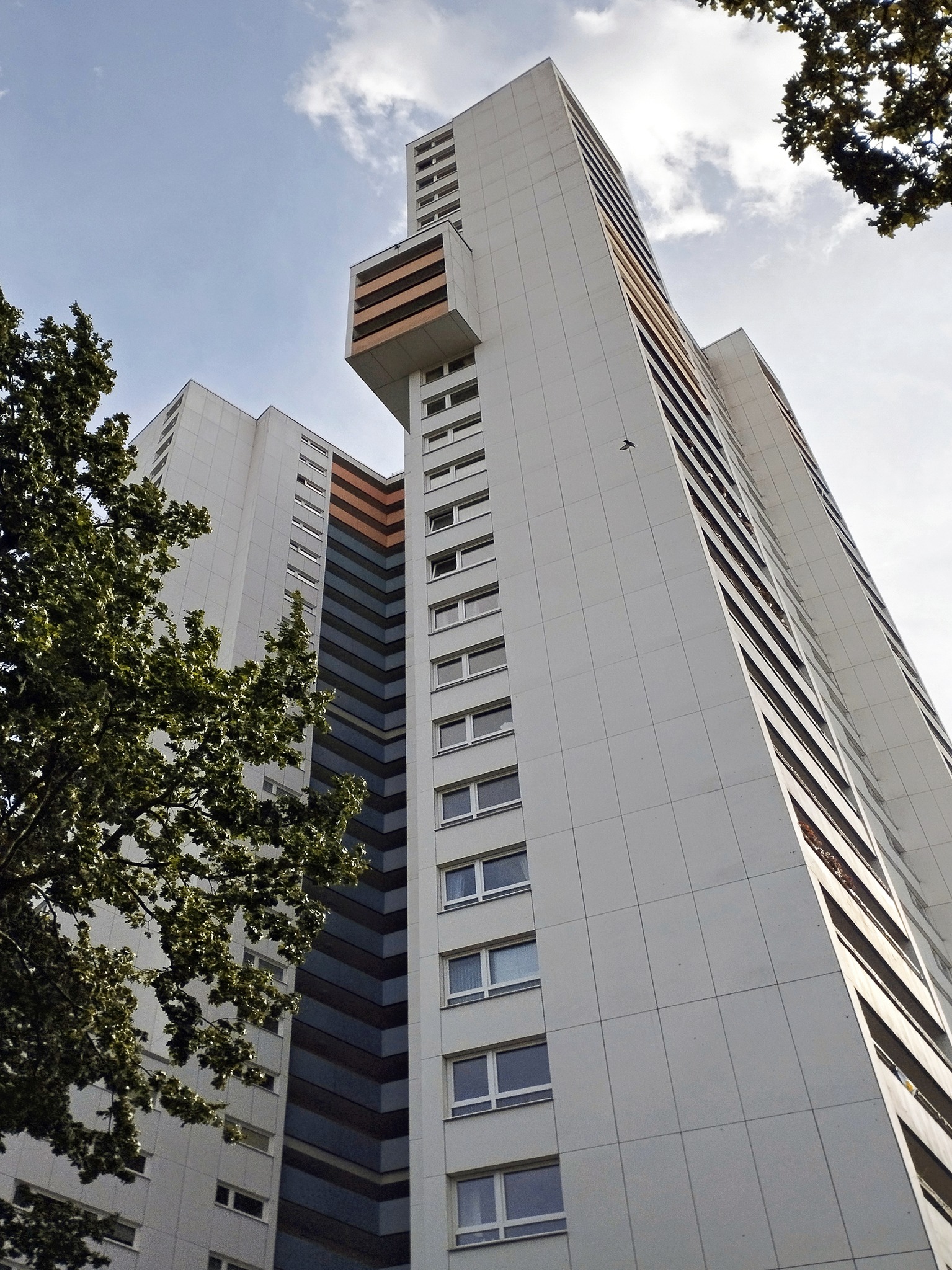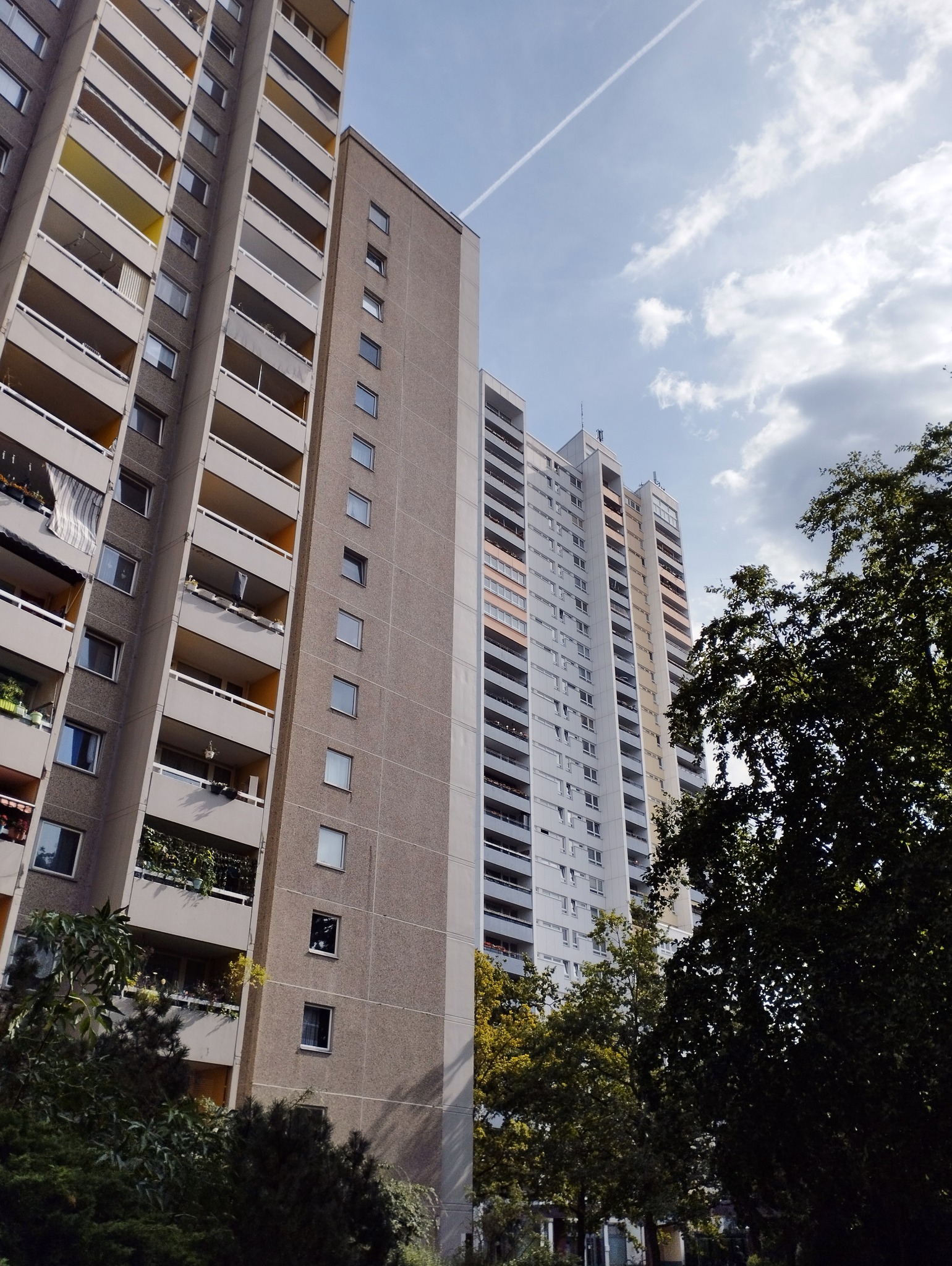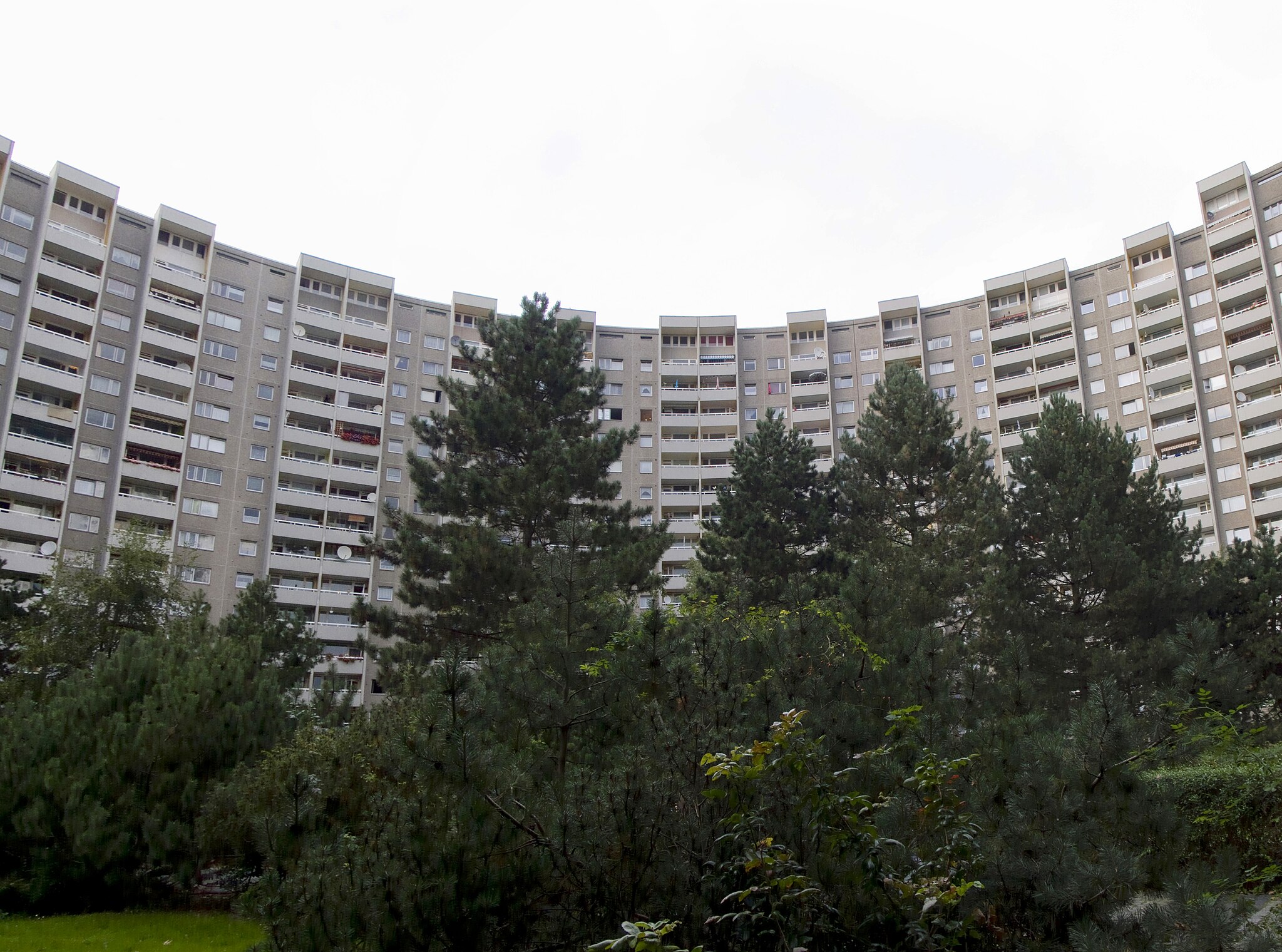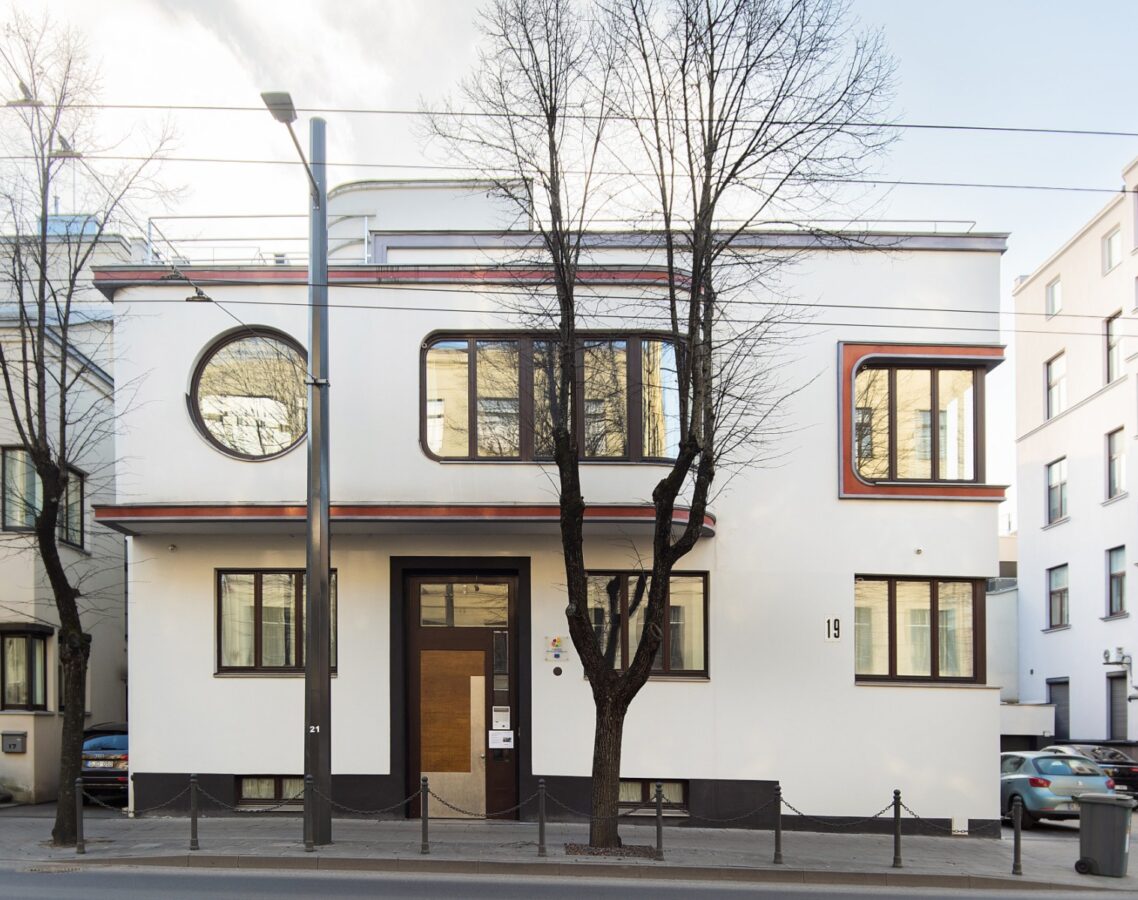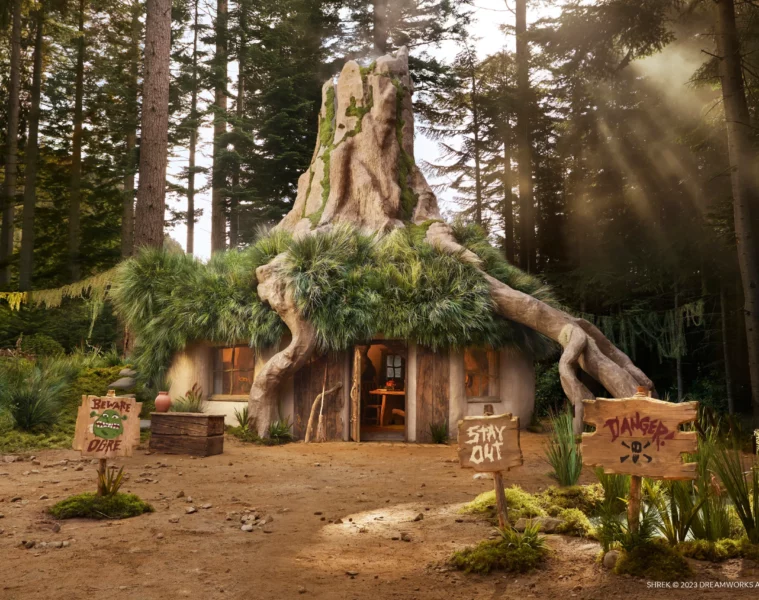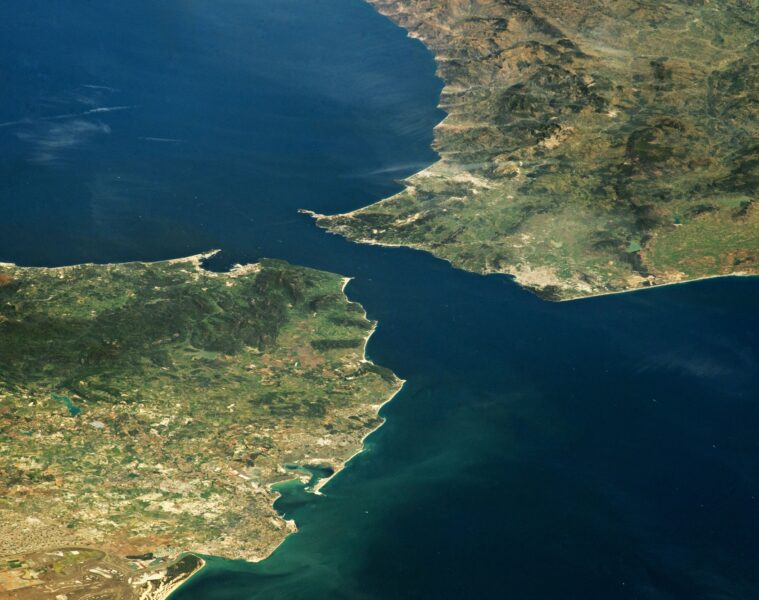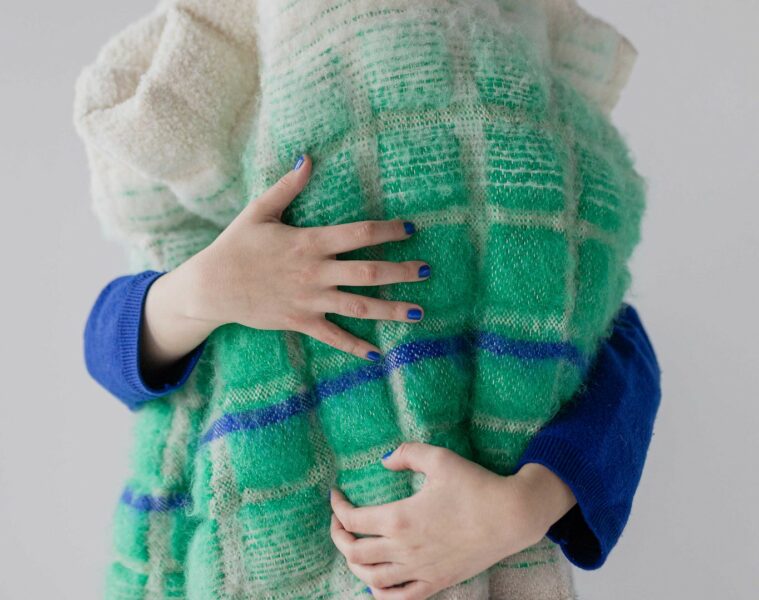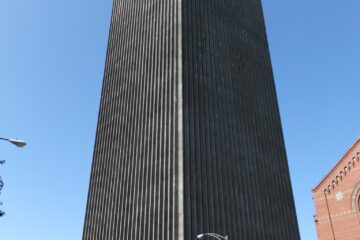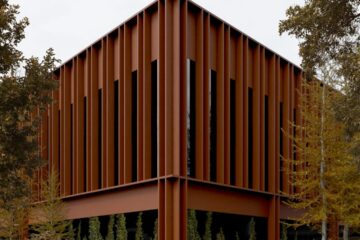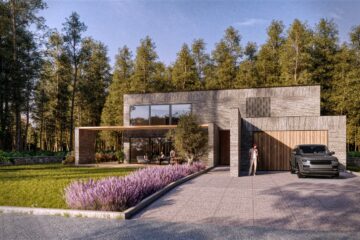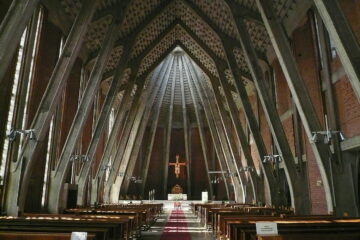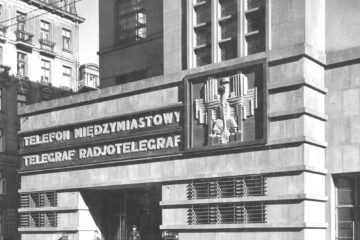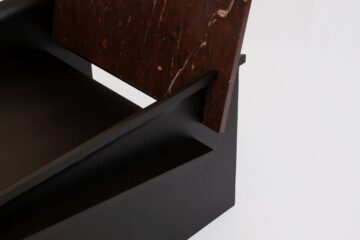Gropiusstadt in Berlin is one of Europe’s most famous apartment blocks. One of the reasons this unique housing experiment in the southern part of Neukölln is so famous is that it is also the setting for the 1978 novel “We, the Children of Zoo Station”. It is also the setting for both a film and a TV series based on the fate of the main character, Christiane Felscherinow, which was based on the famous book. What is the story behind Walter Gropius’ utopian housing estate?
Gropiusstadt was built in the 1960s and 1970s as a satellite estate on the border with Brandenburg. The giant residential towers, a giant ‘horseshoe’ block for five hundred flats, large, medium and small concrete houses with a total of around 18,500 flats were designed by the architect Walter Gropius, founder of the Bauhaus. The Brit-Buchow-Rudow estate was named after its architect, the City of Gropius, in 1972
Photo TM 09.2023/Warsaw Scars
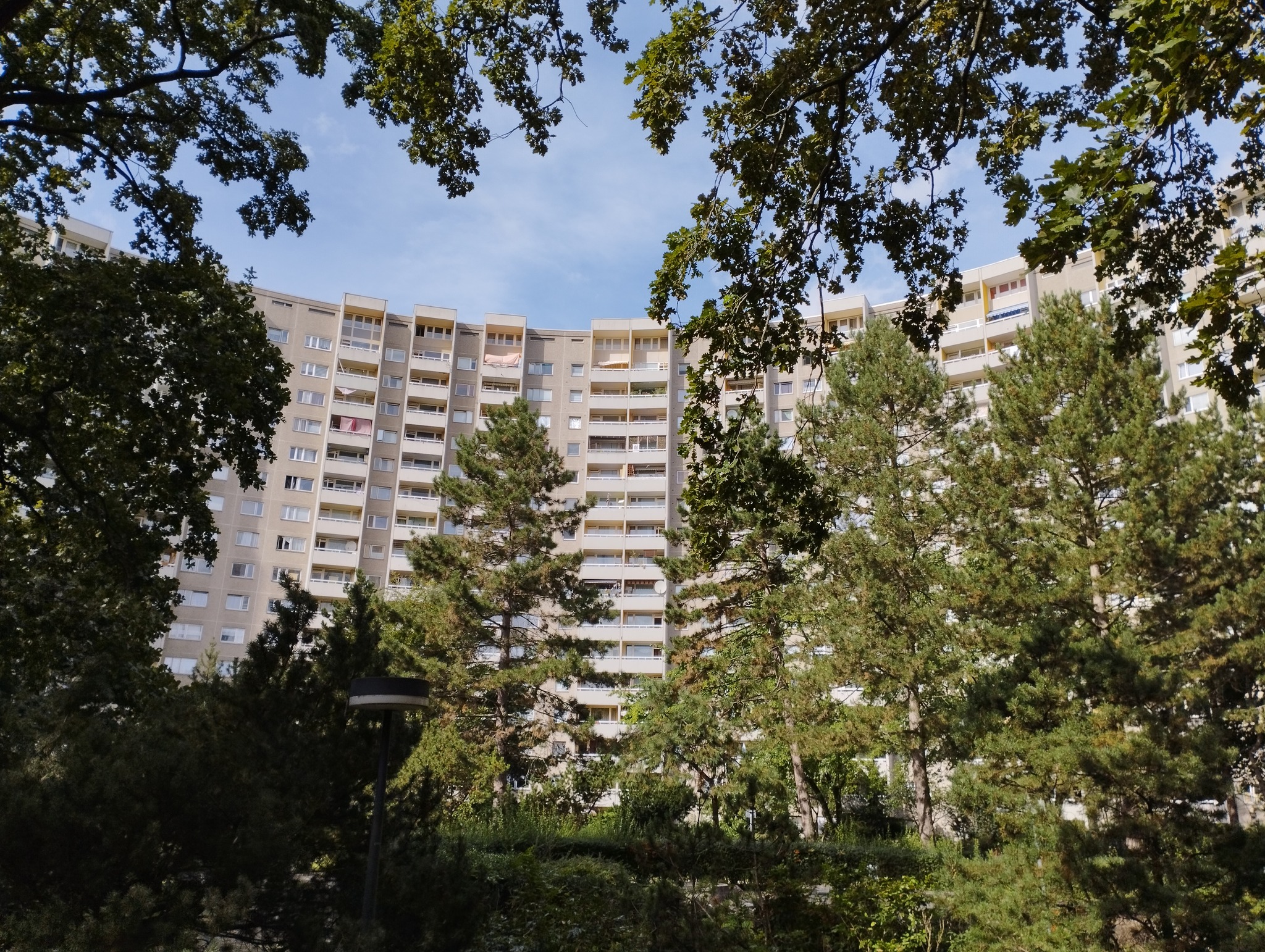
The estate was originally intended to be lower and more extensive, but the construction of the Berlin Wall in 1961 meant that the area allocated for the estate shrank. As a result, denser buildings and taller buildings had to be erected. The estate’s tallest skyscraper, the Wohnhochhaus IDEAL – the Ideal Building, standing on Fritz-Erler-Allee – is 30 storeys high. With its 89 metres, it is one of the tallest residential buildings in Germany. Eventually, Gropius disavowed the redesigned, realised form of the housing estate. He died during construction in 1969 and the district was completed three years later. As a result, people crammed into a small space did not really know what to do with themselves. Children bickered, often falling into addictions. The future was uncertain and this feeling was reinforced by the wall running under the windows
Photo by Dirk Ingo Franke, CC BY-SA 4.0, via Wikimedia Commons
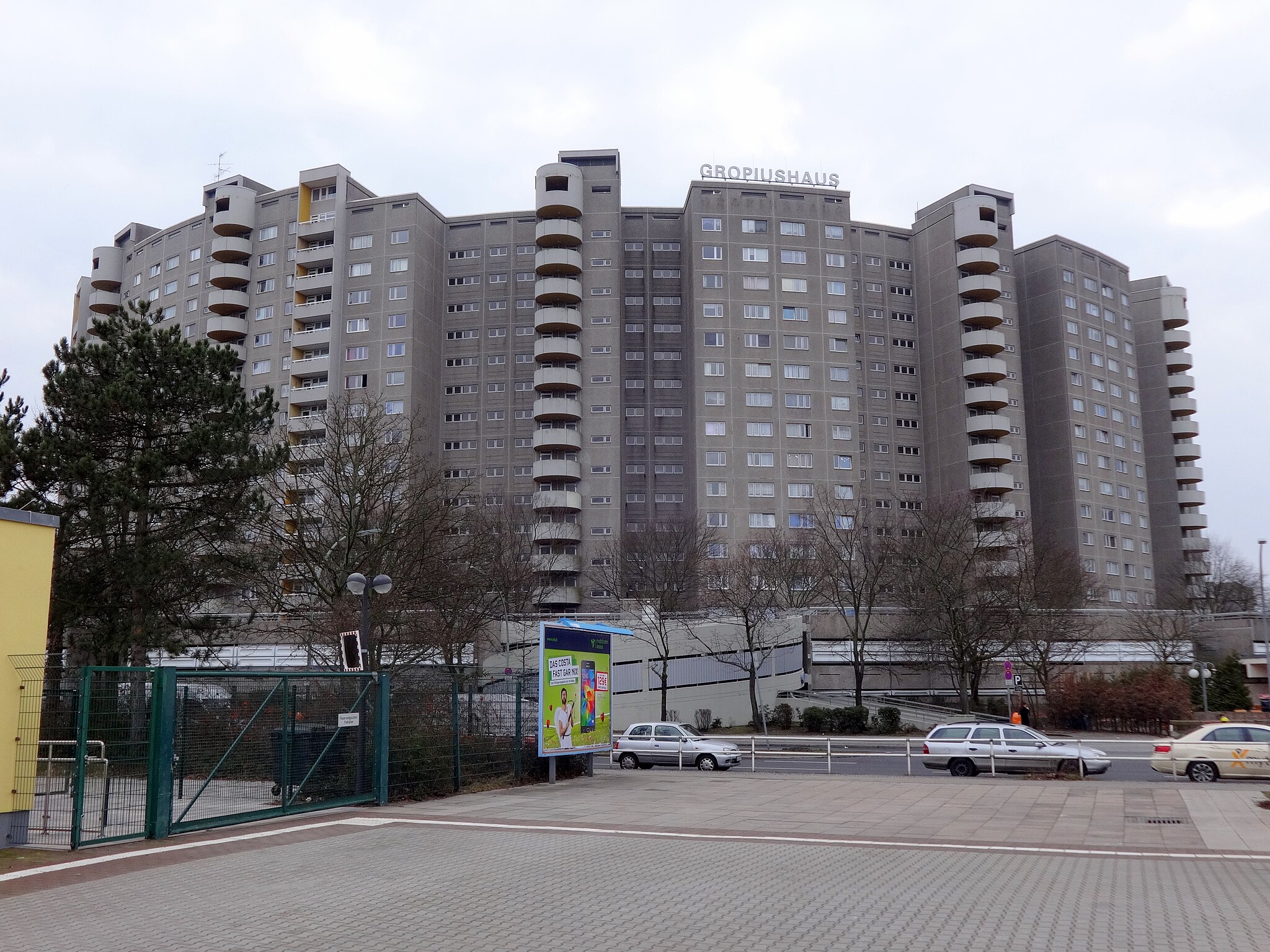
Much was done over the following years to disenchant the place and make it more welcoming. Public green spaces have been upgraded, plazas have been redesigned and neighbourhood groups have been created to manage individual buildings. Today, many tenants living in Gropiusstadt appreciate their units with plenty of natural light and spectacular views of the city. Although originally built as social housing, today Gropiusstadt flats no longer require proof of tenancy. The shortage of housing in the capital is also making Gropiusstadt an increasingly attractive neighbourhood again. As a result, its social structure is changing. Rents are still relatively low and unemployment is almost non-existent. New buildings have been erected to fill the open spaces, and more are in the planning stages. In addition to the affordable rents, the main shopping centre “Gropius Passagen” is a major attraction. With a retail area of around 90,000 square metres, it is the largest shopping centre in Berlin and one of the largest in Germany
Photo by Gunnar Klack, CC BY-SA 4.0, via Wikimedia Commons
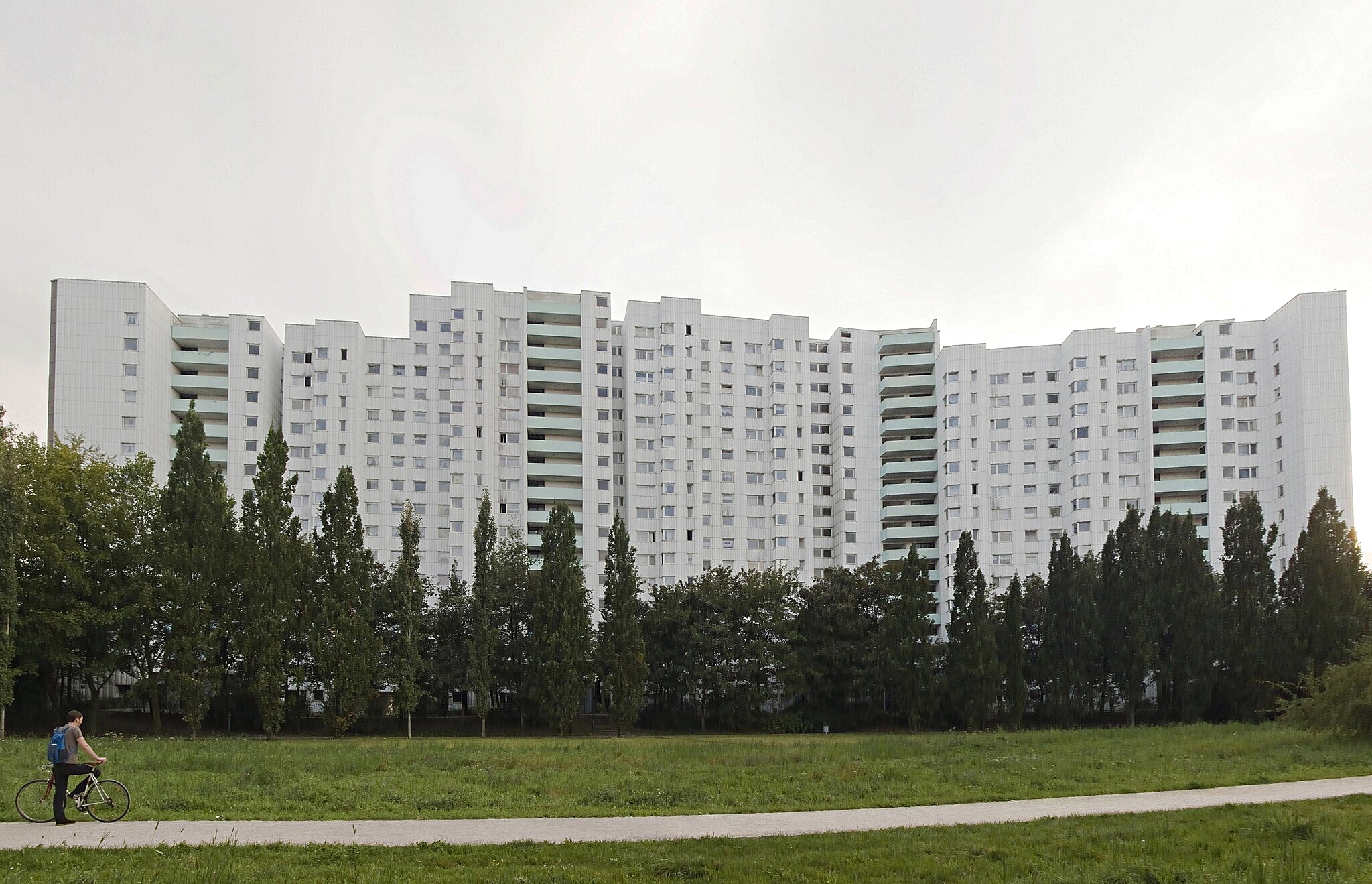
Today, Gropiusstadt is no longer the negative symbol of Western European block housing that it was in the 1980s and 1990s. A lot has changed here; the city has devoted masses of attention and funds to revitalising the district since the beginning of the new century. Nowadays, the neighbourhood is clean and well-kept; what’s more, the blocks are renovated with respect for the original architecture, preserving the colours and details. You won’t find walls swollen from Styrofoam, painted in unsuitable pastel colours. The window and door woodwork also retains the coherence and form given to it decades ago. There is now a cycle path along the former wall, trees have grown up in the fields and residents have trodden walking routes between them to walk their dogs. Cafes, shops, grocers, hairdressing salons, etc. have opened all around. A connection to the city via the U-Bahn line was also established
Source: berlin.de, Warszawskie Blizny, architekturaibiznes.pl, berlinsko.com
Also read: Architecture | Modernism | Estate | Urbanism | City | Block | Berlin | Germany

